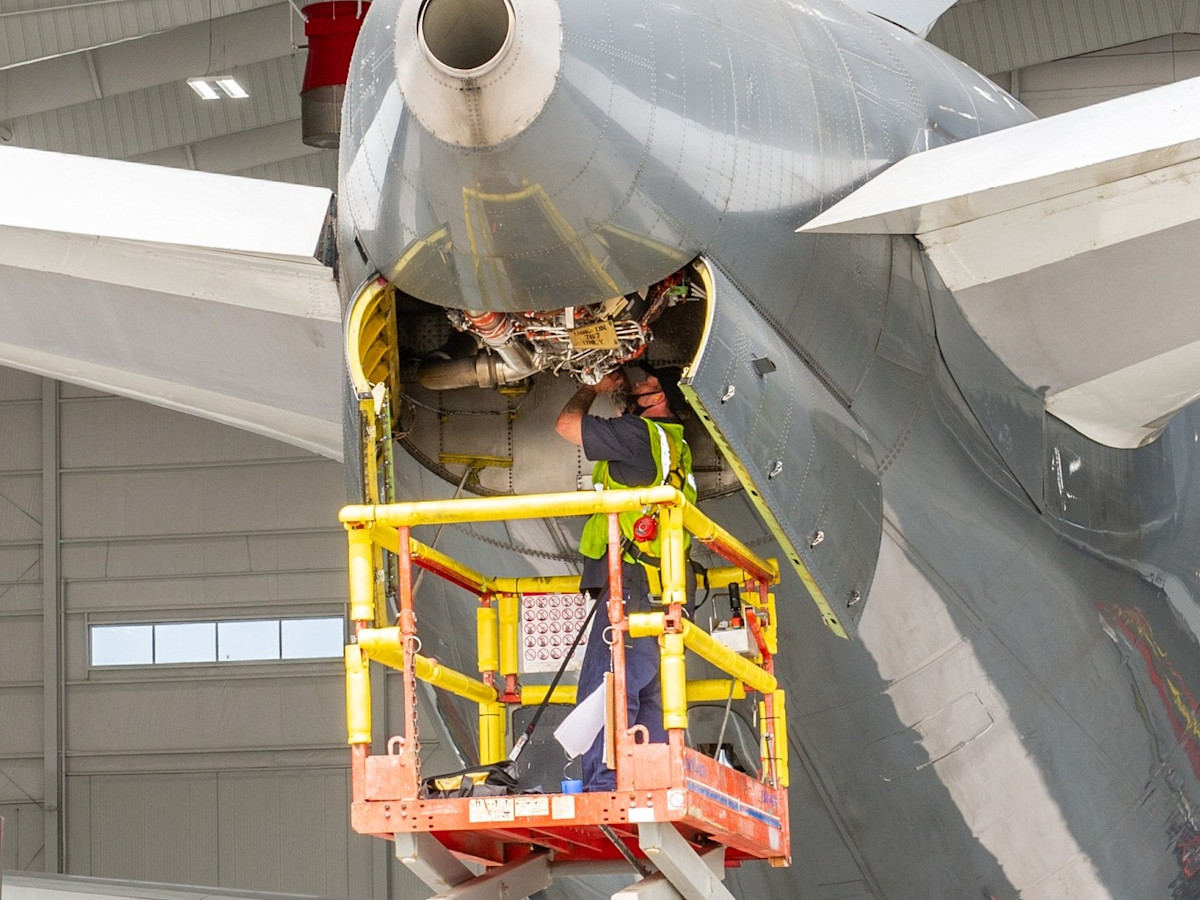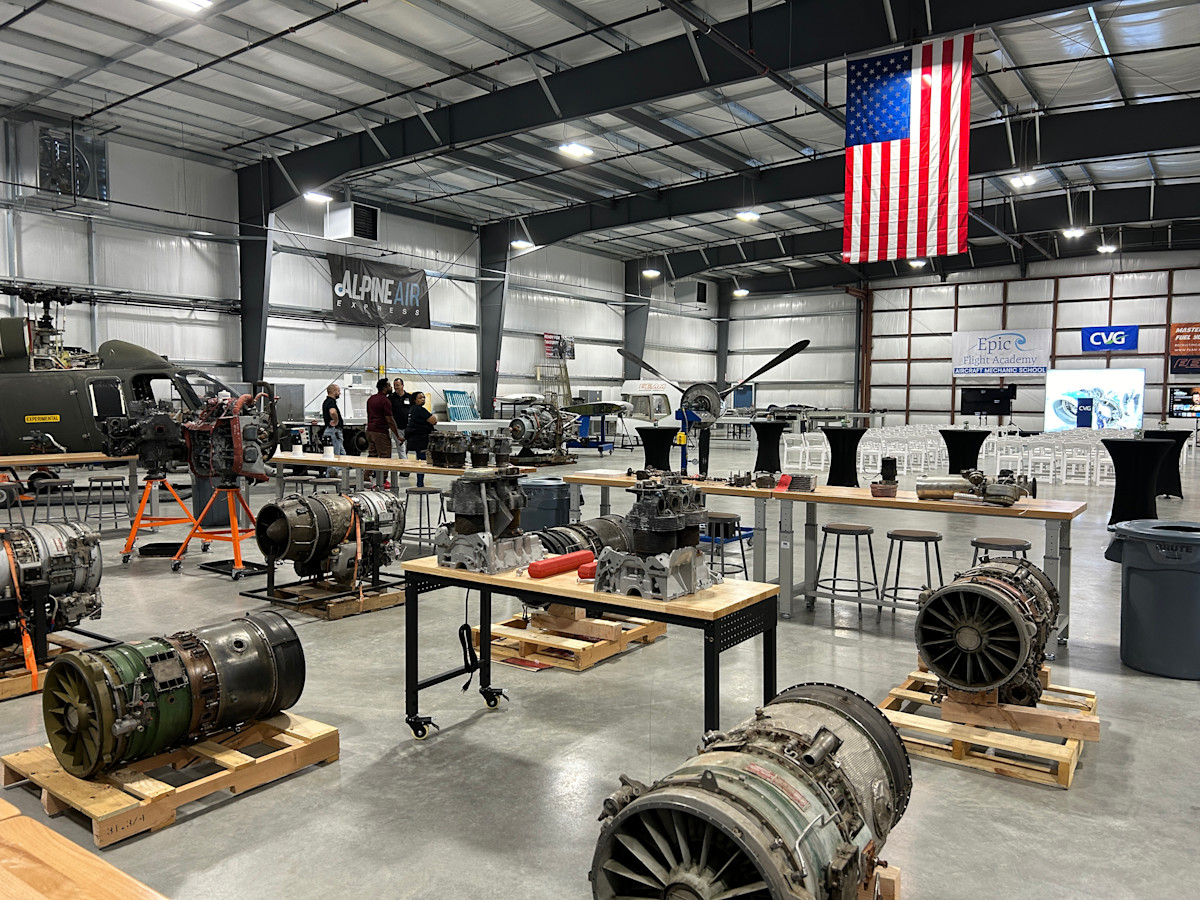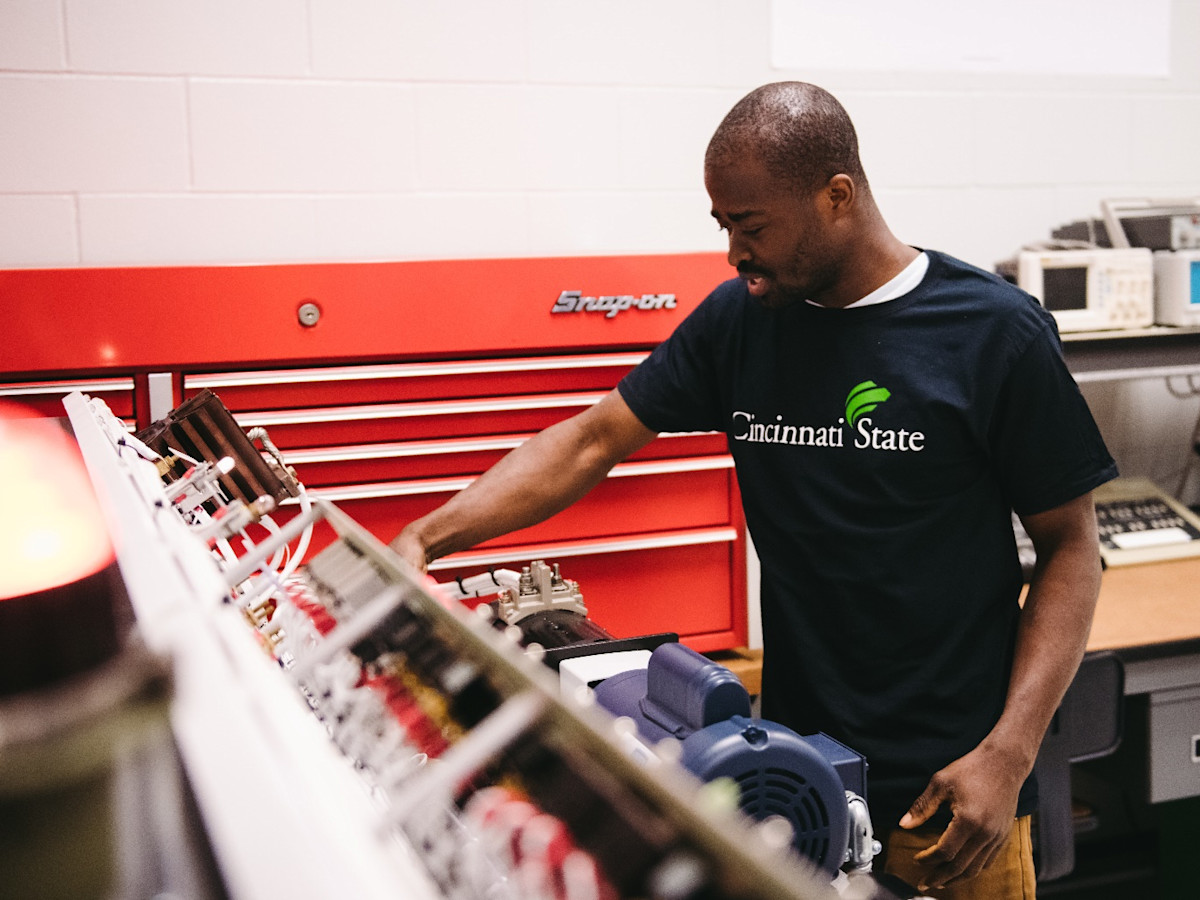Starting April 21, crews will resurface Airport Access Road (KY 212), with single lane closures from 8 pm - 6 am. The O'Hara Road (KY 3147) entrance from Donaldson Highway (KY 236) will also close.
Aircraft Maintenance
At Cincinnati/Northern Kentucky International Airport (CVG), Aircraft Maintenance Technicians (AMT) are critical to maintaining safety, efficiency, and operational excellence. These skilled technicians work on a wide range of aircraft systems, from engines and landing gear to avionics and hydraulics, diagnosing issues and implementing precise solutions. As the aviation industry grows, so does the demand for certified mechanics ready to take on these vital roles.

Why Pursue a Career as an Aircraft Maintenance Technician?
- High Demand: The aviation industry is expanding rapidly. With the need for 1,300 Aircraft Maintenance positions over the next 3 years, countless opportunities are available.
- Competitive Wages: Entry-level Aircraft Maintenance Technicians can expect starting salaries of $60,000+ with potential for advancement.
- Career Growth: Aircraft Maintenance Technicians have access to ongoing training, certifications, and opportunities for specialization, which can lead to higher wages and advanced roles.
Key Responsibilities of an AMT
- Aircraft Inspections: Conduct routine and scheduled inspections to ensure aircraft meet safety and performance standards.
- Diagnosing and Troubleshooting: Identify and assess mechanical, electrical, and hydraulic issues using diagnostic tools and equipment.
- Repairs and Maintenance: Perform repairs on various aircraft components such as engines, landing gear, fuel systems, avionics, and flight controls.
- Preventative Maintenance: Carry out preventative maintenance to prevent wear, corrosion, or potential failures in aircraft systems.
- Compliance with Safety Standards: Ensure all work complies with FAA (Federal Aviation Administration) regulations and other aviation safety standards.
- Emergency Repairs: Respond to urgent repair requests for grounded aircraft to minimize downtime and ensure timely flight operations.
Career Exploration and Opportunities at CVG:
Interested in exploring a career in Aircraft Maintenance? CVG offers opportunities for students and job seekers to gain insights into the profession. From career-focused tours to engagement with industry professionals, participants can learn firsthand about the daily responsibilities of an Aircraft Maintenance Technician.
How to Become an AMT

Epic Flight Academy
Offering a 19-month program, students of Epic Flight Academy are trained to become FAA-certified airframe and powerplant (A&P) Aircraft Maintenance Technicians.

Cincinnati State
Cincinnati State offers an Associate of Applied Science degree through the Aviation Maintenance Technology program. This two-year program prepares students for their FAA airframe and powerplant (A&P) certifications.
Transitioning Military
Some military occupational specialties (MOS) are FAA-authorized to credit on the job experience towards the airframe and powerplant (A&P) certification.
AMTs at Work
AMTs are in high demand across various industries that rely on the maintenance and safety of aircraft. Some of the top industries employing AMTs include:
- Commercial Airlines: Ensuring the safety and operational efficiency for large fleets of commercial aircraft.
- Cargo and Freight Airlines: Maintaining aircraft used for transporting goods and freight around the world.
- MRO (Maintenance, Repair, and Overhaul) Facilities: Specialized centers that focus on aircraft repair and overhaul services for airlines and private companies.
- Government Agencies: Maintaining aircraft for federal, state, and local governments, such as military, law enforcement and emergency services.
- Private and Corporate Aviation: Maintaining aircraft for private owners or corporate clients who operate business jets.
- Aerospace Manufacturing: Working with manufacturers of aircraft and aircraft components.